My roommate in college, who is currently my business partner introduced me to a crazy stinky ingredient called shrimp paste back in the day. The stank hurt my soul but the oomph it added to her Thai chicken curry slingshotted it to heaven.
Those who know me know that I’m a sucker for southeast Asian food. Therefore, shrimp paste has earned a permanent residence in my pantry.
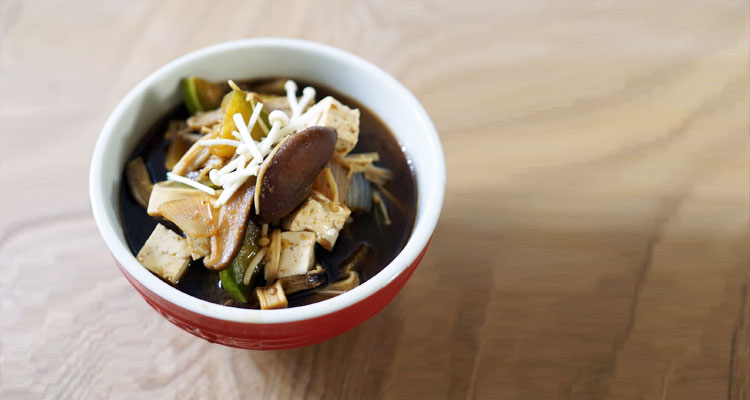
It’s one of the secret ingredients in my Thai and Malaysian curries, kimchi, Vietnamese coconut braised pork, and noodle soup. Sambal isn’t really sambal without shrimp paste.
The name and recipe of shrimp paste may vary from region to region. For instance, my Indonesian roommate calls it terasi. It goes by kapi in Thailand, bagoong in the Philippines, and belachan in Malaysia.
So what is shrimp paste, really? How does it taste? Will it make everything taste like shrimp (would it be so bad?)? Let’s see:
Table of Contents
What is Shrimp Paste and What Does It Taste Like?
You guessed it absolutely correct – shrimp paste, after all, contains shrimp. It’s essentially a paste made with fermented, dried shrimp and lots of salt. Some regional varieties may also include a dash of sugar for balance.
It’s sold either in the form of a wet, saucy substance or as dry, solid cubes. It’s one of the primary ingredients for sambal, a wide assortment of curry pastes, and condiments.
The addition of fermented shrimp lends it a very sharp fishy flavor and funky smell. I was advised to dry roast the shrimp paste before use to mellow out the smell and deepen the flavors. Best advice ever.
Shrimp paste adds oodles of depth, richness, aroma, and umami to a dish. Roasting the paste takes them to next level by infusing undertones of caramel.
What If You Can’t Use Shrimp Paste?
I can think of numerous reasons why one would need to substitute shrimp paste. Shellfish allergy, aversion to the taste or/and smell of fish, unavailability, vegetarianism, or veganism – whatever your reason may be, just know that it’s totally possible to replace shrimp paste.
While the alternatives won’t impart exact same flavor, you can still get pretty decent results. Below is a quick list of the few SE Asian-approved alternatives to shrimp paste:
6 Great Substitutes for Shrimp Paste to Rescue Your Dish
This list includes both non-vegetarian and vegetarian options:
1. Fish Sauce
The easiest and most effective shrimp paste substitute for those who enjoy the characteristic pungency of fish sauce. Shrimp paste has a stronger fish flavor and smell.
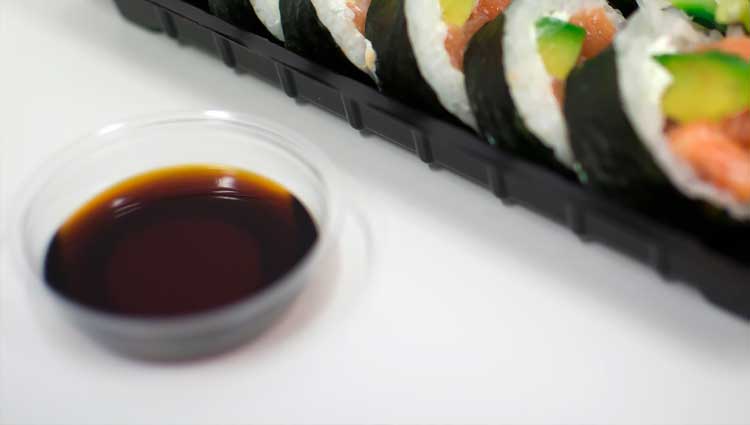
So, don’t expect the fish sauce to mirror the same level of umaminess, though. But it’s still the next best thing. It’s important to use a high-quality fish sauce, free of additives to sub-shrimp paste.
Ideally, for every ½ tsp of shrimp paste, you should be using 1 tablespoon of fish sauce.
2. Anchovy Paste
Ground anchovies have a character of their own and can closely mimic the key characteristics of shrimp paste. Its salty, briny, fishy flavor will release a pure shot of umami into your dish. If you don’t have ready-made anchovy paste, that’s fine.
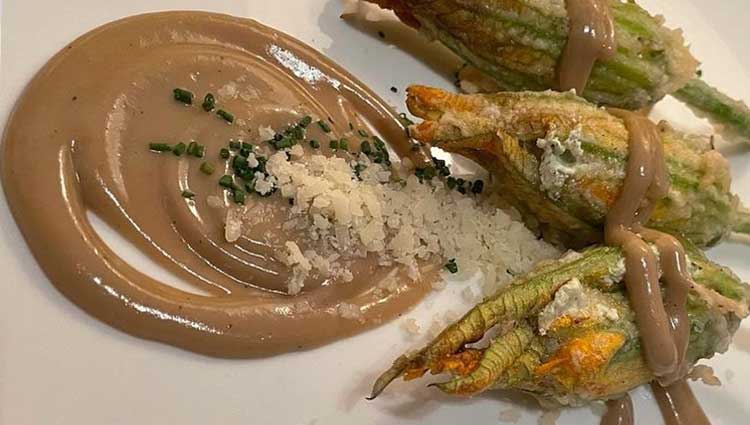
Just blend anchovies with a splash of water to get the right consistency. For every 1 tsp of shrimp paste a recipe calls for, I’d use twice the amount of anchovy paste to get the right flavor. Not getting the flavor right?
You can try adding just a splash of light soy sauce to minced anchovy to heighten the savoriness.
3. Bonito Flakes
Made of fermented and dried skipjack tuna and salt, these ultra-thin flakes hold a bouquet of flavors. The fish taste in bonito flakes isn’t as aggressive as it is in shrimp paste.
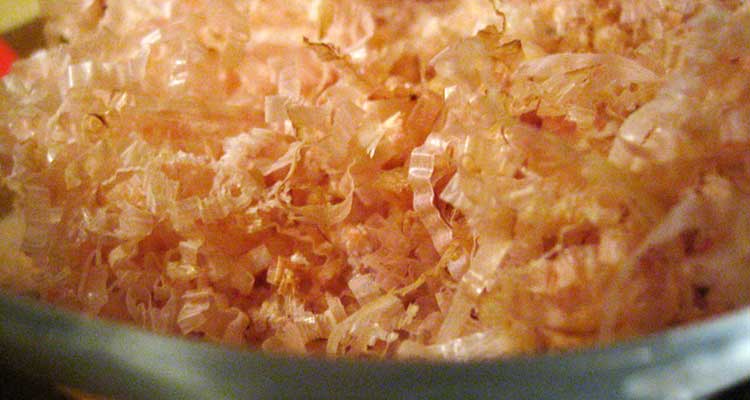
These flakes are mainly used for making soup stock and as topping for savory dishes. If you need shrimp paste to make noodle soup or something similar, you can try replacing it with a handful of bonito flakes.
And some vegan options include:
4. Tamari or Vegan Fish Sauce
Popularly known as vegan fish sauce or shoyu, tamari is darker, thickener, more umami-rich Japanese variant of soy sauce. It’s made of fermented soybeans with koji (a sort of fungus) and moromi (brine).
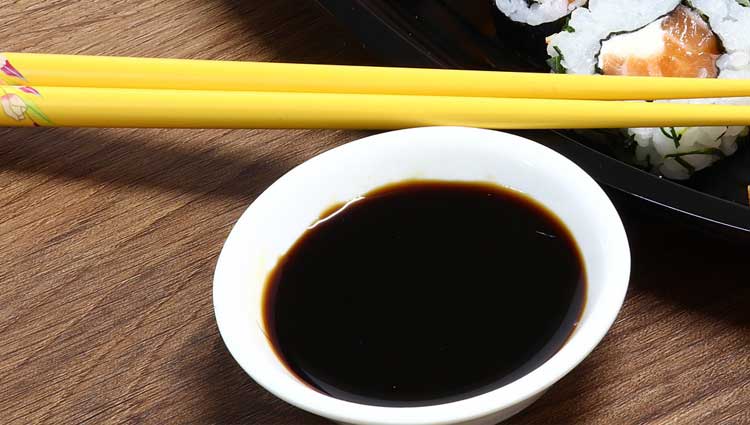
Unlike regular soy sauce, it doesn’t contain any wheat, hence it’s gluten-free. Plus, it is lower in salt. I have tried replacing shrimp paste with both soy sauce and tamari and the difference was very noticeable.
Tamari is an umami-bomb, minus the fishy flavor. Those who want to mimic the umami of seafood, sans the fishy smell should definitely check this stuff out.
5. Dried Shiitake Mushroom
Hard-pressed to find tamari? Swap it for dried shiitake mushroom. Due to the presence of guanylate (an umami-boosting compound), shiitake mushrooms make an incredible veg substitute for seafood.
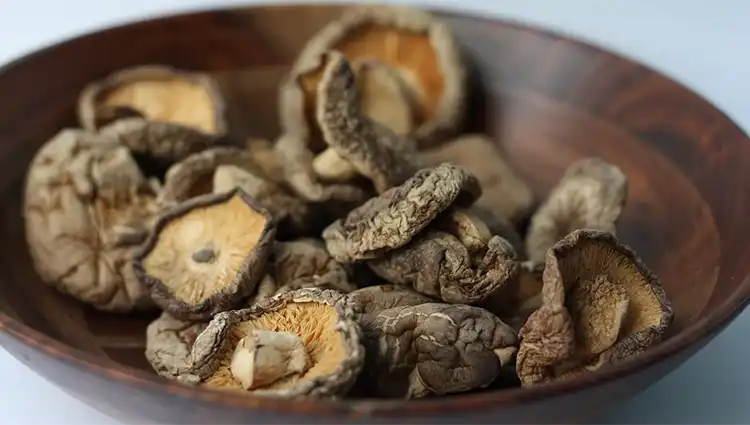
The drying process amplifies the savoriness. You can also use oyster mushrooms if you can’t find shiitake. Finely chop a handful of them and add them to your curry paste or sambal to sub ½ tsp of shrimp paste.
I’ve also experimented by adding a teaspoon of fish sauce to chopped and sautéed mushrooms to round out a dish. The end result left me more impressed than I had imagined.
6. Dark Miso Paste
No, the light one would be useless for this purpose. Darker miso pastes have deeper and richer taste notes which makes it a good vegan substitute for shrimp paste.
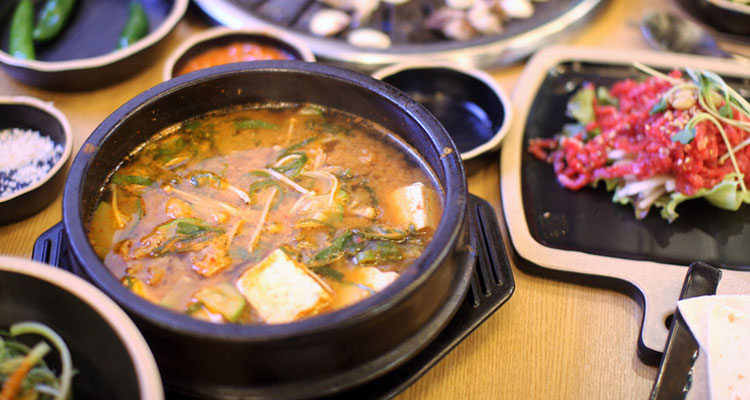
The dark color is due to the longer duration of fermentation and aging. Swapping ½ tsp of shrimp paste for 1-2 tbsp of dark miso would be a good starting point. Keep tasting the dish and adjusting the amount as needed.
The Bottom Line
If you are a pedantic cook like me, you might have to go through some trial and error before you can find a substitute that works for you. But don’t give up.
If you don’t have any of the above-mentioned ingredients handy, mince some shrimp, mix it with some sea salt and let it rest overnight.
And if you do get your hands on shrimp paste, after all, don’t forget to dry roast it before use to maximize the flavor. Good luck!
